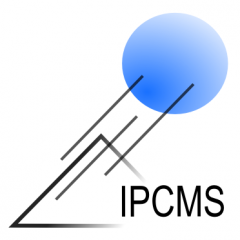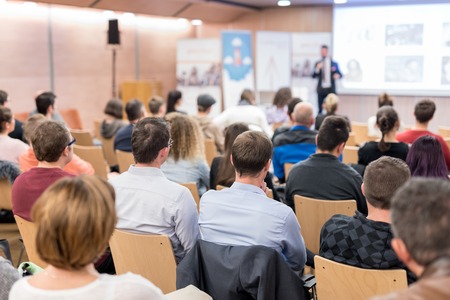Sophie WEBER (ETH-Zurich, Department of Materials, Zurich, Switzerland)
Theoretical arguments [1,2] and experimental measurements [3-6] have definitively shown that antiferromagnets (AFMs) with particular bulk symmetries can possess a nonzero magnetic dipole moment per unit area or “surface magnetization” on certain surface facets. Such surface magnetization underlies intriguing physical phenomena like interfacial magnetic coupling, and can be used as a readout method of antiferromagnetic domains. However, a universal description and understanding of antiferromagnetic surface magnetization is lacking. I first introduce a classification system based on whether the surface magnetization is sensitive or robust to roughness, and on whether the magnetic dipoles at the surface of interest are compensated or uncompensated. I then show that every type of surface magnetization can be identified and understood in terms of bulk magnetic multipoles, which are already established as symmetry indicators for bulk magnetoelectric responses [7]. This intimate correspondence between antiferromagnetic surface magnetization and magnetoelectric responses at both linear and higher orders reveals that selection and control of the antiferromagnetic order parameter via magnetoelectric annealing may be possible in many more materials and surfaces than previously believed. I use density functional calculations to illustrate that nominally compensated (10-10) and (-12-10) surfaces in magnetoelectric Cr2O3 develop a finite magnetization density at the surface, in agreement with our predictions based on both group theory and the ordering of the bulk multipoles. Finally, I present magnetotransport results by collaborators confirming our ab-initio and theoretical predictions of finite magnetization on these surfaces. Our analysis [8,9] provides a comprehensive basis for understanding the surface magnetic properties and their intimate correspondence to bulk magnetoelectric effects in antiferromagnets, and may have important implications for technologically relevant phenomena such as exchange bias coupling.
[1] A. F. Andreev, JETP Lett. 63, 756 (1996)
[2] K. D. Belashchenko, Phys. Rev. Lett. 105, 147204 (2010)
[3] X. H et al, Nature Mat. 9, 579 (2010)
[4] N. Wu et al., Phys. Rev. Lett. 106, 087202 (2011)
[5] P. Appel et al., Nano Lett. 19, 1682 (2019)
[6] M. S. Wörnle et al., Phys. Rev. B 103, 094426 (2021)
[7] N. A. Spaldin et al., Phys. Rev. B 88, 094429 (2013)
[8] S. F. Weber et al., arXiv:2306.06631 (2023)
[9] O. V. Pylypovskyi, S. F. Weber et al., arXiv 2310.13438 (2023)
Contact : Mébarek ALOUANI : mebarek.alouani@ipcms.unistra.fr

